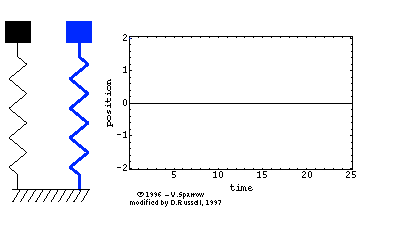
MELINDUNGI PERALATAN ELEKTRIK DAN ELEKTRONIK DARIPADA KESAN EMP
Sangkar Faraday atau Perisai Faraday adalah ruang bertutup yang dibentuk daripada bahan pengalir, ataupun daripada jaringan bahan sedemikian. Ruang bertutup ini menyekat medan elekrik statik luaran.
Medan elektrik statik luaran boleh menyebabkan cas elektrik di dalam bahan pengalir untuk beredar sesama sendiri untuk membatalkan kesan medan di dalam ruangan sangkar. Contohnya, untuk melindungi peralatan elektronik daripada sambaran kilat atau nyahcas elektrik yang lain.
Sangkar Faraday juga melindungi bahagian dalaman daripada radiasi elektromagnetik luaran jika bahan pengalir cukup tebal dan lubang yang terdapat juga lebih kecil daripada panjang gelombang radiasi. Contohnya, sesetengah prosedur ujian forensik komputer atau sistem yang memerlukan persekitaran bebas gangguan elektromagnetik akan dijalankan di dalam bilik layar. Bilik layar ini merupakan makmal atau ruang kerja yang ditutup sepenuhnya oleh satu atau lebih lapisan jaringan logam halus. Lapisan-lapisan ini disambungkan ke bumi bagi menyingkirkan arus elektrik yang dijana oleh medan elektromagnetik luaran, maka ia menghalang sebahagian besar gangguan elektromagnet.
BAGAIMANA SANGKAR FARADAY BERFUNGSISebuah sangkar Faraday cage paling baik difahamkan sebagai pengalir berongga yang unggul. Medan elektrik luaran yang dikenakan menghasilkan daya pembawa cas (biasanya elektron) di dalam pengalir, menghasilkan arus elektrik yang menyusun semula cas. Sebaik sahaja cas sudah tersusun ia membatalkan medan yang dikenakan lalu memberhentikan pengaliran arus.
Jika cas dikenakan di dalam sangkar Faraday bawah tanah, bahagian muka dalaman sangkar akan bercas (dengan sifat yang sama seperti cas luaran) bagi mengelakkan wujudnya medan di dalam badan sangkar. Walau bagaimanapun, pengecasan muka dalaman akan mengagihkan semula cas di dalam sangkar. Ini akan mengecas muka luaran sangkar dengan cas yang sama dari segi penandaan dan magnitudnya dengan yang terdapat di dalam sangkar. Memandangkan cas dalaman dan muka dalaman saling membatal antara satu sama lain, penyebaran cas ke muka luaran tidak akanmempengaruhi kedudukan cas dalaman di dalam sangkar. Oleh itu sangkar akan menjana medan elektrik yang sama dengan medan yang dijana sekiranya ia dicas oleh cas di dalamnya.
Applications of the Faraday Cage
Let us look at some of the common applications of the Faraday cage.
- safety against lightening: Cars and aircraft act as Faraday cages / shields to protect people when the vehicle is struck by lightening. The cage protects the interior of the vehicle from the strong, electric fields of the lightening.
- microwave: the microwaves inside the oven are trapped and used for the purpose of cooking in a microwave where the metal shell of the microwave acts as a Faraday cage.
- protections for electronic goods: Electronic equipment can be shielded and protected from stray electromagnetic fields by using coaxial cables that contain a conducting shell that acts as a Faraday cage.
- protective suits for linemen: linemen often wear protective suits that act as Faraday cages to ensure their safety while working with high voltage power lines. These suits protect them from getting electrocuted.
























 Damping is the decrease in the amplitude of an oscillating system when its energy is drained out as heat energy.
Damping is the decrease in the amplitude of an oscillating system when its energy is drained out as heat energy. 








